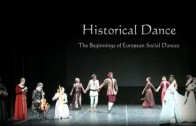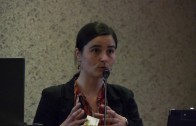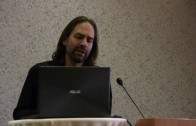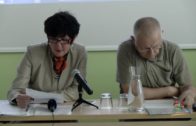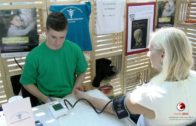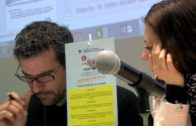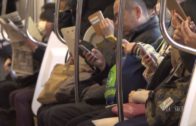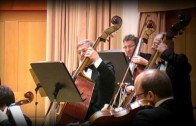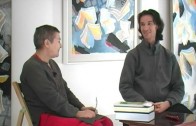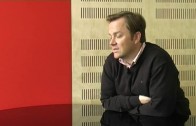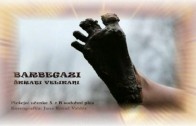Historical Dance (Eng.)
 (25:30) Historical dance or sometimes also called early dance is getting more and more attention among those who value their precious cultural heritage. We had the opportunity to be present at the historical dance workshop ‘Dance and Vocal Tradition of Past Centuries’ that was held in Ljubljana, Slovenia and had a chance to speak with the renowned historical dance pedagogue Lieven Baert and musicologist Lidija Podlesnik Tomášiková, who is at the same time also the professional training programme leader and coordinator regarding the field of historical dance in Slovenia.
(25:30) Historical dance or sometimes also called early dance is getting more and more attention among those who value their precious cultural heritage. We had the opportunity to be present at the historical dance workshop ‘Dance and Vocal Tradition of Past Centuries’ that was held in Ljubljana, Slovenia and had a chance to speak with the renowned historical dance pedagogue Lieven Baert and musicologist Lidija Podlesnik Tomášiková, who is at the same time also the professional training programme leader and coordinator regarding the field of historical dance in Slovenia.
——————————————————–
A few more words about historical dance:
Historical dance (or early dance) is a term covering a wide variety of dance types from the past as they are danced nowadays. Historical dances may be danced as performance, for pleasure at themed balls or dance clubs, as historical reenactment, or for musicological or historical research.
Dances from the early 20th century can be recreated precisely, being within living memory and from the age of film and video recording. However, earlier dance types must be reconstructed from evidence such as surviving notations and instruction manuals.
Very little evidence survives about medieval dance. What we do know comes mostly from paintings and works of literature from this time period. The earliest surviving dance manuals come from the Renaissance, including examples by Fabritio Caroso and Thoinot Arbeau. These allow us to reconstruct the dances with a greater degree of certainty. It was during the baroque era that John Playford published ‘The Dancing Master’, which, along with similar publications, provides us with a large repertoire of baroque English country dances … Apart from country dances, the most well documented dance style of the Baroque was that developed at the French court during the 17th century …
——————————————————–
Interested more in detail? You are cordially invited to watch the show.
